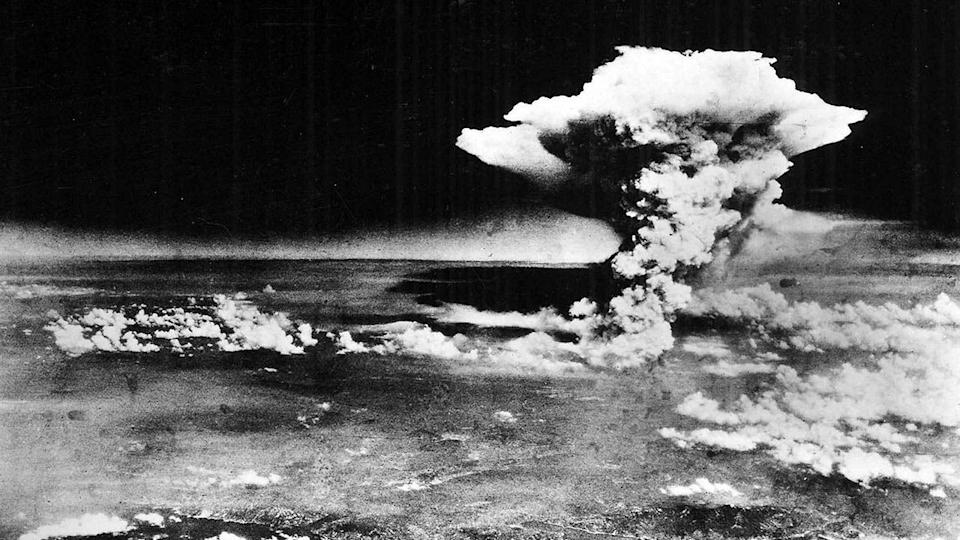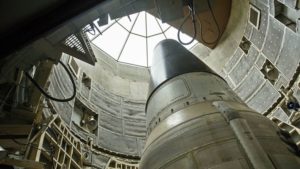U.S. national security officials have announced that the development of the B61-13 nuclear bomb, a modern variant of the existing B61 nuclear gravity bomb, is progressing significantly ahead of schedule. The First Production Unit is expected to be completed within the current fiscal year. This program is part of a broader initiative to modernize the U.S. nuclear arsenal, which includes seven warhead modernization projects aimed at ensuring the reliability and effectiveness of the nuclear stockpile.
The B61-13 is designed to provide additional military options against larger and more fortified targets. The National Nuclear Security Administration (NNSA) has leveraged manufacturing advancements from the B61-12 program, which concluded its final unit in 2024, to accelerate the development of the B61-13. Technical innovations have also played a key role in optimizing production timelines.
The Biden administration initiated the development of this new bomb in 2023, with production now commencing seven months earlier than originally planned. According to a Department of Defense fact sheet, the B61-13 is intended to bolster deterrence against adversaries, particularly as countries like China and Russia expand their nuclear capabilities.
The B61-7, an older model, has a maximum yield of 360 kilotons, making it 24 times more powerful than the atomic bomb dropped on Hiroshima. The B61-13 is expected to have a yield comparable to the B61-7, thereby significantly increasing the U.S. nuclear strike capacity.
In related developments, during a Senate Armed Services Committee hearing, Brandon Williams, the nominee for NNSA administration, stated his opposition to resuming nuclear detonation tests, suggesting a reliance on computer modeling and scientific data instead. This statement aligns with ongoing discussions regarding the future of nuclear testing and its implications for national security.




